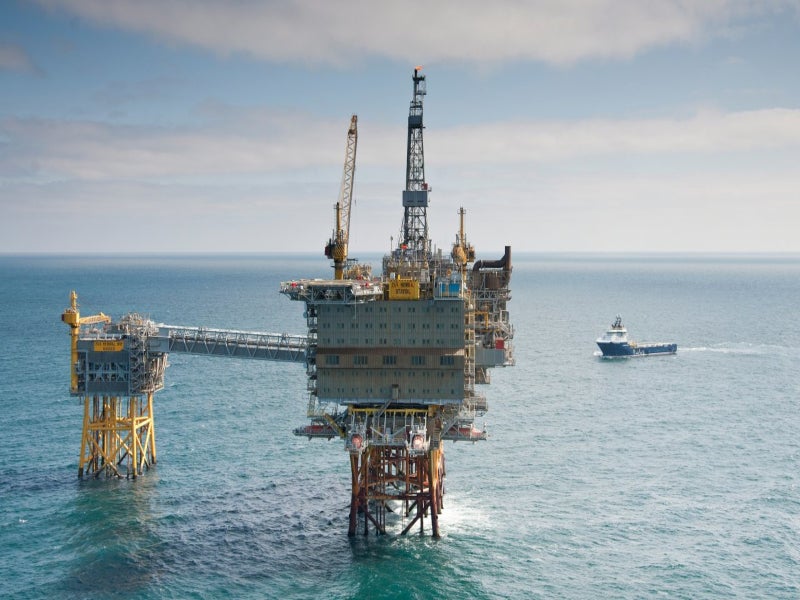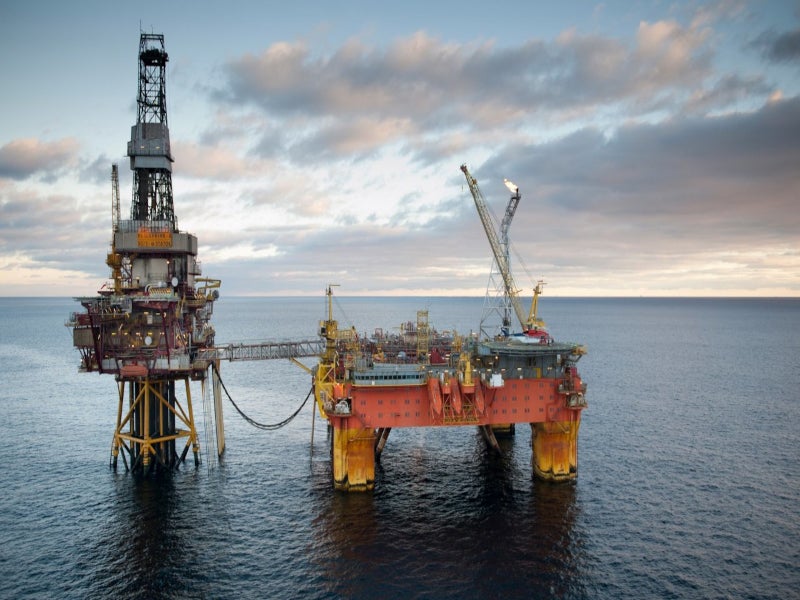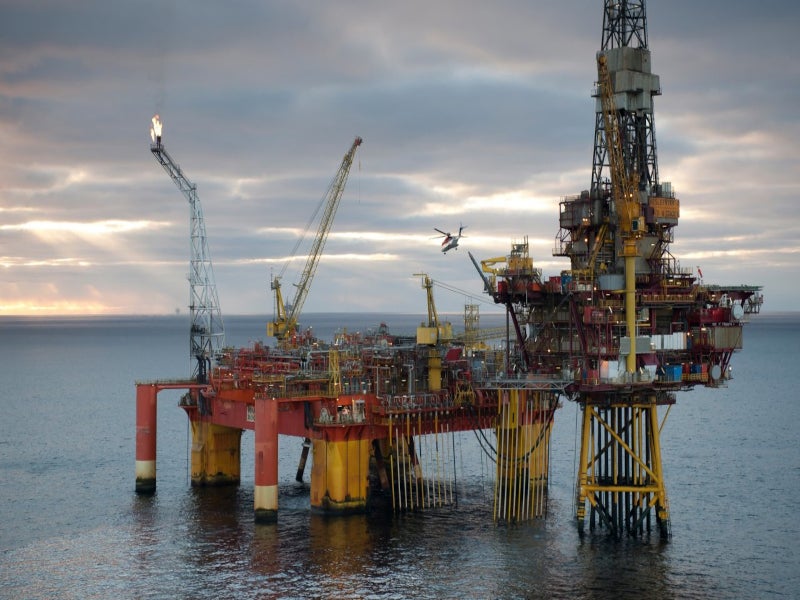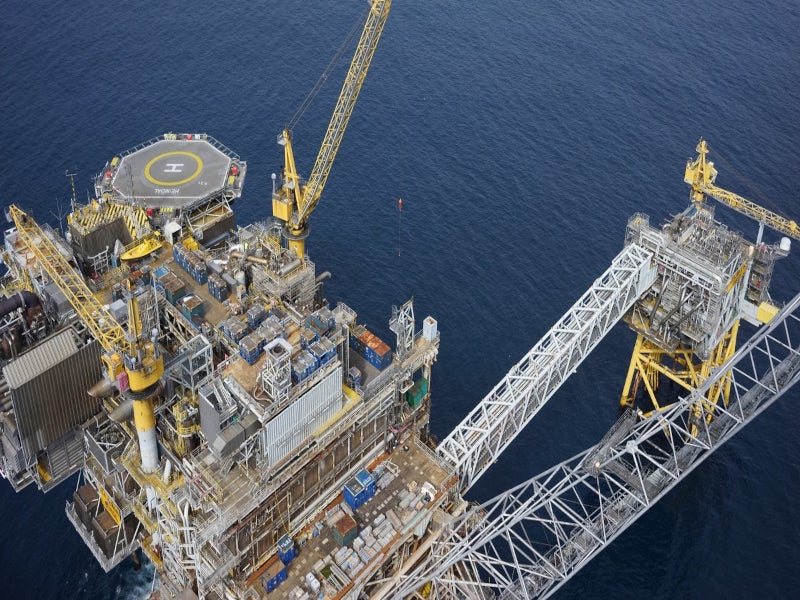The Heimdal and Veslefrikk oil and gas fields located offshore Norway are planned to be decommissioned. Located at a water depth of 120m in the central North Sea, the Heimdal licence is operated by Equinor Energy, a subsidiary of Norwegian oil and gas company Equinor, which holds a 29.4% interest in the license.
Equinor Energy’s partners in the licence include Spirit Energy Norway (28.8%), Petoro (20%), Total E&P Norge (16.7%), and LOTOS Exploration and Production Norge (5%).
The licensees to the Veslefrikk field, which is located at a water depth of 185m in the northern part of the North Sea, are Petoro (37%), Repsol Norge (27%), Wintershall Dea Norge (18%) and Equinor Energy (18%).
The decommissioning plans for the offshore fields were submitted to the Norwegian regulatory authorities in 2020. The fields are expected to be decommissioned by 2027.
Heimdal field details
Discovered in 1972, the Heimdal field began production in December 1985. Two platforms are installed at the field, including integrated drilling, production and accommodation platform (HMP1) and a riser facility, which are interconnected by a bridge.
Heimdal produced 46 billion standard cubic metres of gas and seven million cubic metres of oil and condensate until the cessation of production in 2020 due to a decline in output.
Heimdal was rebuilt into a gas processing centre for tied-in fields, including Atla, Skirne, Vale, and Valemon in 2001.
Equinor and its partners originally planned to stop all activities at Heimdal between 2021 and 2022, but later decided to extend the gas processing operations until 2023 to boost production from the Valemon field.
Heimdal also serves as a transit point for the export of rich gas from the Oseberg field to continental Europe through the Draupner platforms. The Draupner platforms, which form part of the gas transport pipeline network on the Norwegian Continental Shelf, connect pipelines from various fields including Heimdal and supply gas to Europe.
Heimdal field decommissioning details
The decommissioning will involve the shutdown and removal of the two Heimdal platforms.
Heimdal’s riser platform will be removed in 2024, followed by the removal of the main platform in 2025. In addition to the platforms, the gangway connecting the two Heimdal platforms will also be removed, dismantled, and recycled.
Veslefrikk field details
Discovered in 1981, the Veslefrikk field entered production in December 1989. It comprises two facilities, Veslefrikk A, a fixed steel wellhead platform and Veslefrikk B, a semi-submersible platform for processing and accommodation. The two platforms are interconnected by a bridge.
Veslefrikk is operated from Equinor’s Sandsli facilities outside Bergen. It has produced more than 400 million barrels of oil equivalent since its commissioning. It currently produces at a low rate, while plugging and abandonment of the wells are in progress.
Veslefrikk field decommissioning details
The operations at the Veslefrikk field are planned to be ceased in 2022 as the production life of the field has already been extended several times. The plugging was started in January 2021, with a total of 24 wells to be plugged from the drilling system.
The systems at the platforms will be shut down and cleaned, while the oil and gas export pipelines will be cleaned and disconnected. A subsea pre-drill template connected to Veslefrikk A will also be removed, dismantled, and recycled.
Veslefrikk B will be transported ashore for dismantling in 2022 while Veslefrikk A is planned to be removed between 2025 and 2026.
Contractors involved
Dutch offshore services company Heerema Marine Contractors was awarded a contract to remove, dismantle, and recycle three offshore installations at the Heimdal and Veslefrikk fields in March 2021. Weighing 68,000t, the topsides and jackets of Heimdal’s main and riser platforms as well as the Veslefrikk A platform will be lifted using Heerema´s heavy lift vessels, Sleipnir and Thialf.
Heerema signed a letter of intent with Aker Solutions to perform the dismantling and recycling of the platforms at its decommissioning facilities at Eldoyane in Stord, Norway. Approximately 98% of the material dismantled at the decommissioning yard is planned to be recycled.
The early-phase engineering for the decommissioning project is expected to start in 2022, while Aker is expected to receive the structures at the Stord facilities between 2024 and 2026.
Global oil services company Archer received the contract for rig operations at Veslefrikk while oilfield services firms Baker Hughes and Ardyne are drilling and well services providers.
The well plugging as part of the Veslefrikk decommissioning project is being performed under the existing contracts with Archer, Baker Hughes, and Ardyne.







